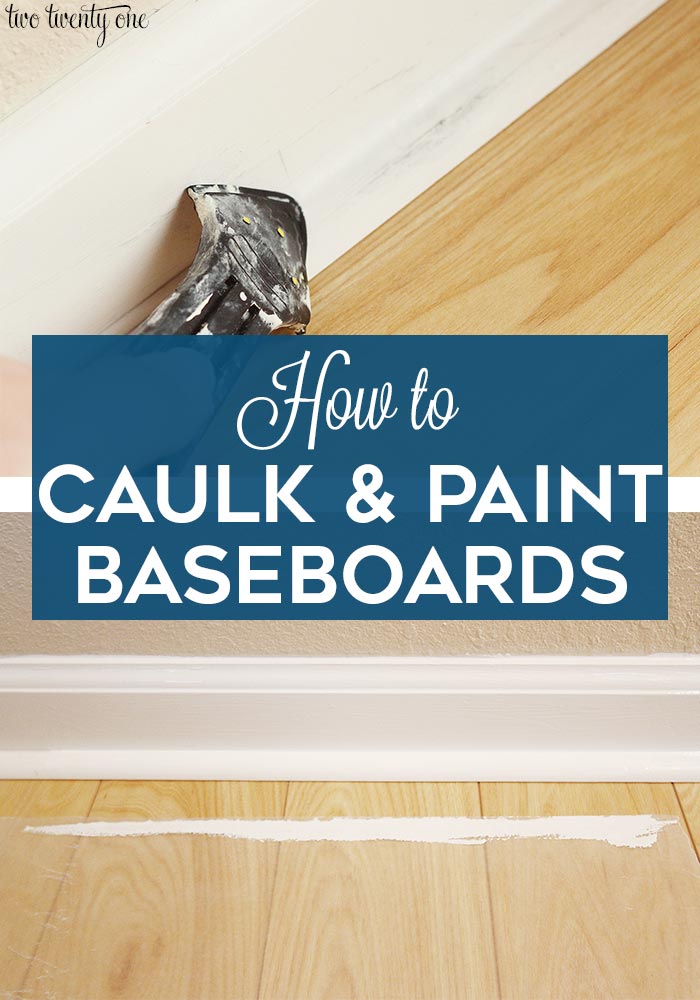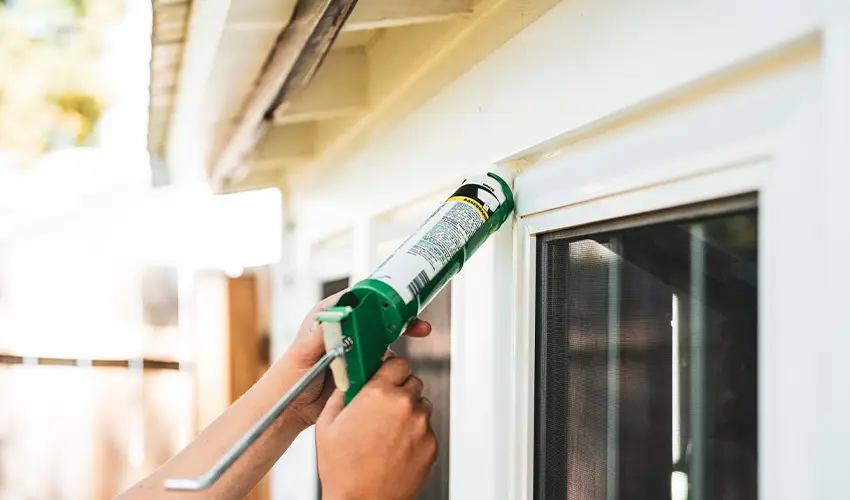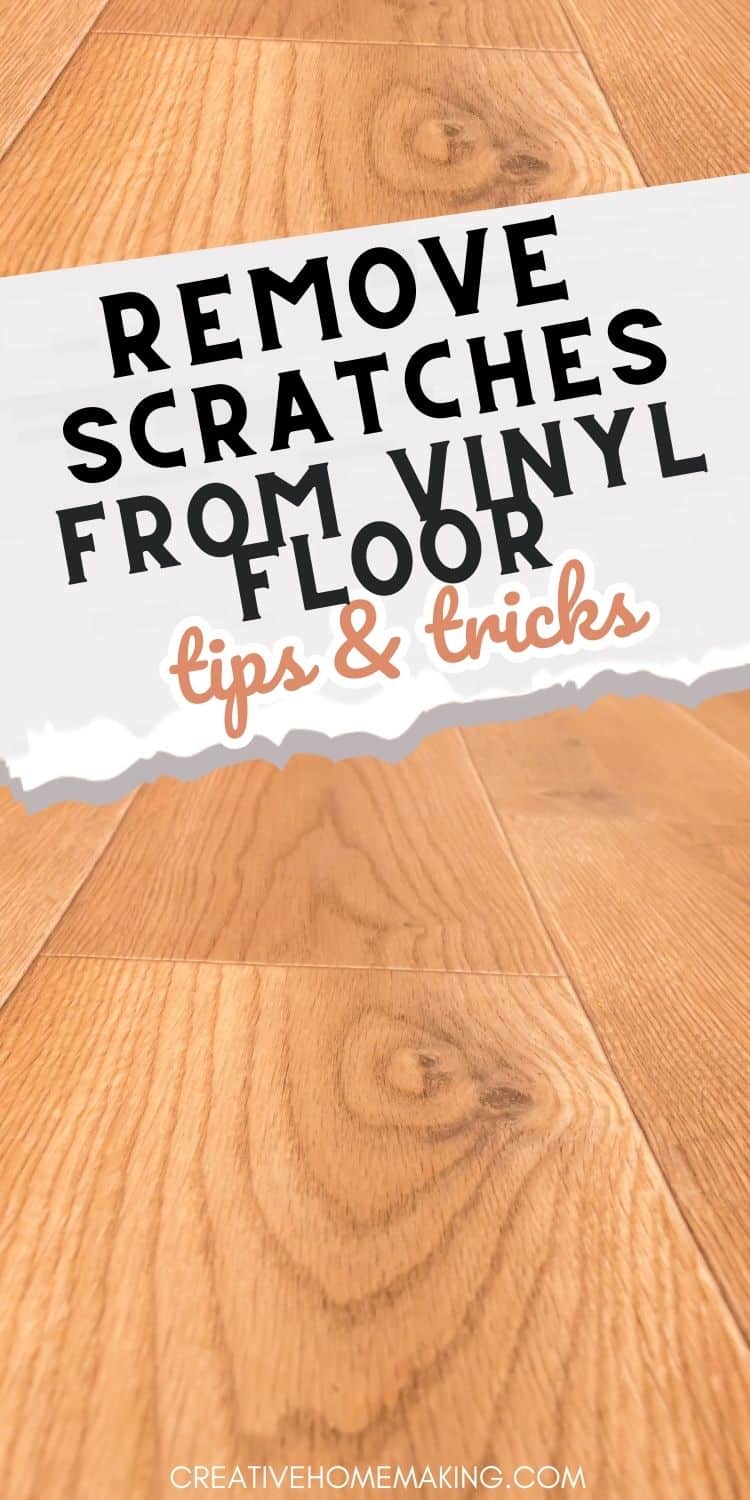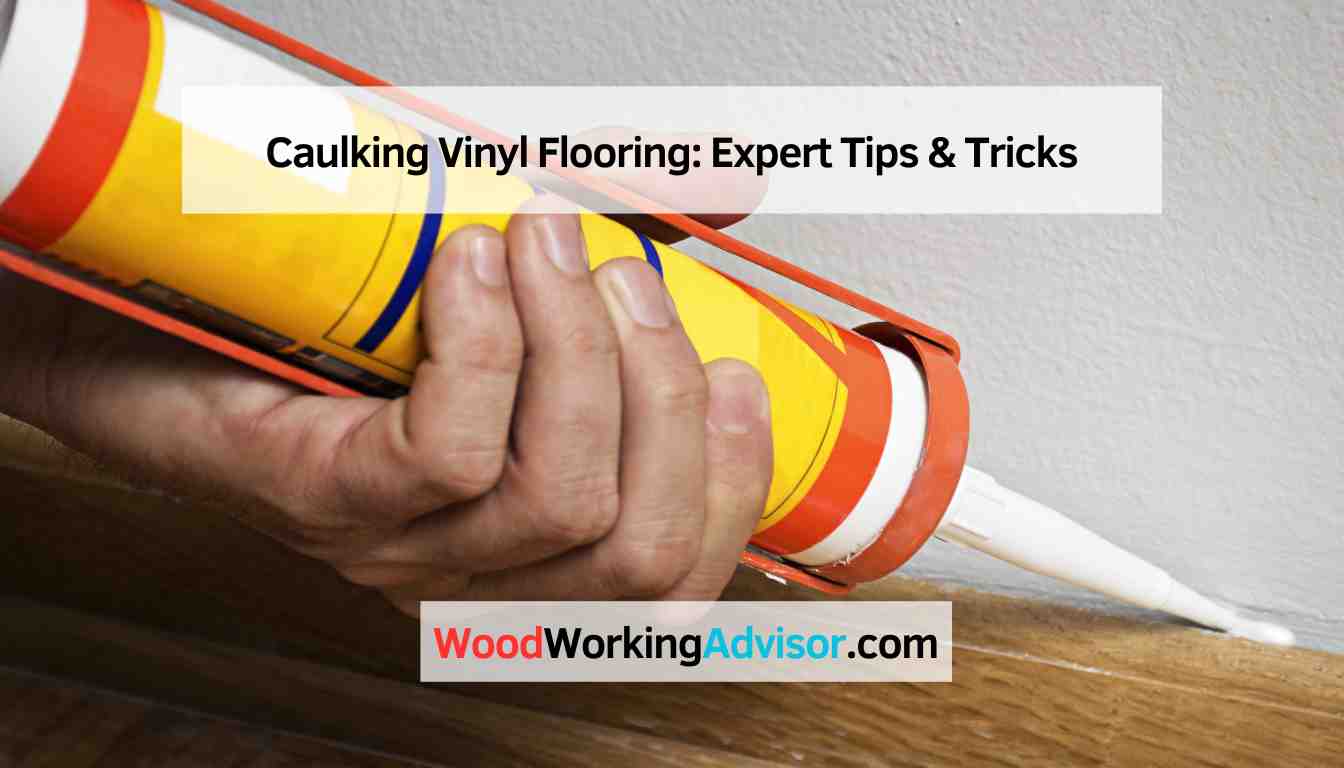To caulk vinyl flooring, use a silicone sealant to fill gaps and prevent moisture from getting underneath. Clean the surface beforehand to ensure proper adhesion.
Additionally, be cautious when installing the flooring in wet areas, as doorways are a common cause of failure. Avoid using acrylic caulking and do not fill in the expansion gaps with sealant. For filling gaps, nicks, and scratches on vinyl flooring, Varathane ROBERTS Putty is an effective option.
Remember to follow proper installation tips and guidelines for a successful vinyl flooring installation.

Credit: www.twotwentyone.net
Caulking Vinyl Flooring
When it comes to installing vinyl flooring, caulking is an important step that shouldn’t be overlooked. Caulking the edges and seams of vinyl flooring not only improves its appearance but also helps to prevent moisture and dirt from seeping into the gaps. In this blog post, we will guide you through the process of caulking vinyl flooring, from choosing the right caulk to application techniques.
Choosing The Right Caulk
Before you start caulking, it’s essential to select the right type of caulk for vinyl flooring. Here are a few options to consider:
- Wood Filler: Varathane ROBERTS Putty is an effective choice for filling gaps, nicks, and scratches on wood, laminate, and vinyl flooring.
- Vinyl Putty: Specifically designed for vinyl flooring, vinyl putty offers excellent adhesion and flexibility.
- Caulk Baseboards: Using a caulk designed for baseboards can provide a seamless transition between the flooring and the walls.
- Silicone Sealant: Silicone caulk is suitable for sealing edges and preventing moisture from getting underneath the vinyl flooring.
Preparing The Surface
Properly preparing the surface is essential for ensuring the adhesion of the caulk. Here are a few steps to follow:
- Clean the Surface: Thoroughly clean the vinyl flooring to remove any dust, dirt, or grease. This will ensure better adhesion of the caulk.
- Remove Old Caulk: If there is any old caulk present, use a caulk remover tool to carefully scrape it off.
- Fill Gaps: Before caulking, fill in any noticeable gaps or cracks with a suitable filler material.
- Masking Tape: To achieve clean and precise caulk lines, apply masking tape on both sides of the seam or edge you will be caulking.
Application Techniques
Now that you have chosen the right caulk and prepared the surface, it’s time to begin the application process. Here are some techniques to consider:
- Apply Even Pressure: Apply constant pressure on the caulk tube while moving it steadily along the seam or edge. This will ensure a smooth and even application.
- Use Caulk Gun: Utilize a caulk gun for controlled dispensing and precision. Squeeze the trigger gently to release the caulk.
- Wipe Excess Caulk: Keep a damp cloth or sponge nearby to wipe away any excess caulk immediately. It’s important to do this before the caulk starts to dry.
- Remove Masking Tape: Carefully remove the masking tape while the caulk is still wet to achieve clean and professional-looking edges.
By following these steps and techniques, you can easily achieve a neat and durable caulking job for your vinyl flooring. Remember to allow the caulk to fully cure before exposing it to heavy foot traffic or cleaning.

Credit: www.mrhandyman.com
Expert Tips & Tricks
Caulking vinyl flooring is an important step to ensure a seamless and durable finish. Whether you are dealing with gaps and expansion joints or trying to avoid common mistakes, these expert tips and tricks will help you achieve a professional-looking result.
Dealing With Gaps And Expansion Joints
When it comes to caulking vinyl flooring, addressing gaps and expansion joints is crucial for a smooth and long-lasting finish. Follow these tips to handle them effectively:
- Measure the gaps accurately before choosing the appropriate filler material.
- Opt for a wood putty or vinyl-specific filler, like Varathane ROBERTS Putty, to effectively fill gaps, nicks, and scratches.
- Clean the gaps thoroughly, removing any debris or dust, before applying the filler.
- Apply the filler evenly and smoothly, ensuring it is level with the surface of the vinyl flooring.
- Allow sufficient drying time as per the manufacturer’s instructions before proceeding with further installation or finishing.
Avoiding Common Mistakes
When caulking vinyl flooring, it is important to avoid common mistakes that can compromise the quality of the installation. Follow these tips to ensure a flawless outcome:
- Prepare the vinyl surface properly before caulking by cleaning it thoroughly and removing any grease or oil.
- Use a high-quality silicone sealant for better adhesion to the vinyl surface. Ensure proper surface preparation for optimal performance.
- Apply the caulk evenly, using a steady hand and smooth strokes, to achieve a professional finish.
- Avoid excess caulk and wipe away any excess immediately with a damp cloth for a cleaner look.
- Allow the caulk to cure completely before exposing it to heavy foot traffic or water to ensure maximum durability.
By following these expert tips and tricks, you can successfully caulk your vinyl flooring and achieve a seamless and long-lasting result. Remember to choose the right filler material for gaps and expansion joints and avoid common mistakes for a professional finish.
Maintenance And Longevity
Maintenance and Longevity of vinyl flooring are essential for preserving its beauty and functionality. Proper care and maintenance can significantly extend the lifespan of your vinyl flooring, and one way to ensure its durability is through regular caulking.
Cleaning And Caring For Caulked Floors
Regular cleaning and maintenance of caulked floors are crucial for preserving the integrity of the caulking and the vinyl flooring. Here are some tips to keep your caulked floors clean and well-maintained:
- Regularly sweep or vacuum the floor to remove dirt and debris.
- Use a damp mop with a mild cleaner specifically formulated for vinyl floors to remove any stubborn stains.
- Avoid using abrasive cleaners or harsh chemicals as they can damage the caulk and the vinyl.
- Inspect the caulked seams regularly for any signs of wear or damage, and recaulk as needed to prevent moisture penetration.
Increasing The Lifespan Of Caulking
Proper maintenance and care can significantly increase the lifespan of the caulking on your vinyl flooring. Here are some effective ways to prolong the longevity of the caulking:
- Regularly inspect the caulked seams for any signs of wear or damage, and promptly address any issues to prevent water intrusion.
- Ensure that the area around the caulked seams remains dry and well-ventilated to prevent mold or mildew growth.
- Avoid dragging heavy furniture or sharp objects across the caulked areas to prevent damage.
- Apply a fresh layer of caulk as part of your regular maintenance routine to reinforce the seal and prevent moisture penetration.

Credit: creativehomemaking.com
Frequently Asked Questions Of Caulking Vinyl Flooring
What Can I Use To Fill Gaps In Vinyl Flooring?
Fill gaps in vinyl flooring with Varathane ROBERTS Putty for effective filling of nicks and scratches. Make sure the surface is clean before applying silicone sealant for optimal adhesion. Avoid acrylic caulking and do not fill expansion gaps with sealant during floating floor installations.
Will Silicone Caulk Stick To Vinyl?
Silicone caulk may stick to vinyl if the surface is properly cleaned to remove contaminants like grease and oil.
Can You Use Silicone Sealant On Vinyl Flooring?
Yes, you can use silicone sealant on vinyl flooring. Ensure the surface is clean for good adhesion.
Can I Caulk Around A Floating Floor?
Yes, you can caulk around a floating floor. However, it is important to use a permanently flexible silicone sealant and avoid acrylic caulking. Do not fill in the expansion gap with sealant.
Conclusion
Caulking vinyl flooring is a crucial step in maintaining its integrity and preventing moisture-related damages. Proper caulking not only enhances the flooring’s aesthetics but also helps in increasing its longevity. With the numerous sealant options available, finding the right one can be overwhelming, but it is essential for ensuring a successful installation.
Always remember to follow the manufacturer’s guidelines and seek professional help if needed.


